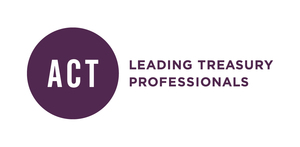The Treasurer's handbook - building a Debt IR function
For companies that are frequent issuers in the Debt capital markets the benefits of establishing a Debt Investor Relations (IR) function are now recognised. This article provides a framework for treasurers looking to establish the Debt IR function on a professional and effective basis. The article focuses on IR in the context of the capital markets, as opposed to the fundraising function within private equity and hedge funds.
- Management accounting: Technical: Corporate finance & treasury management: Corporate funding, Advanced
- Management accounting: Technical: Corporate finance & treasury management: Corporate funding, Expert






1 Comments/Reflections